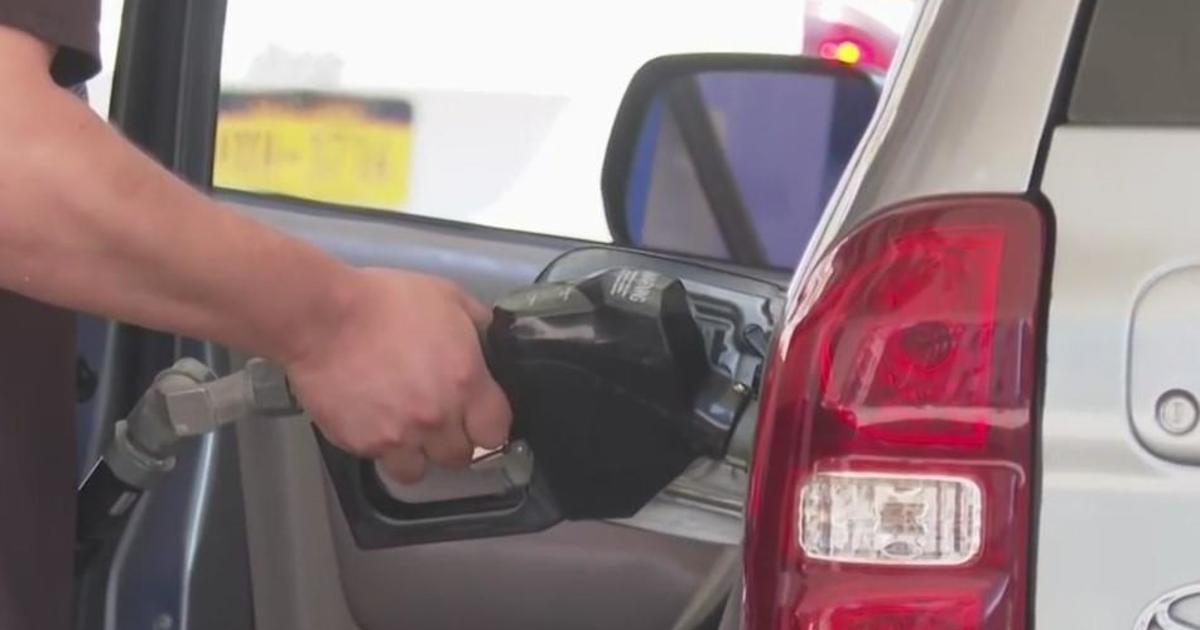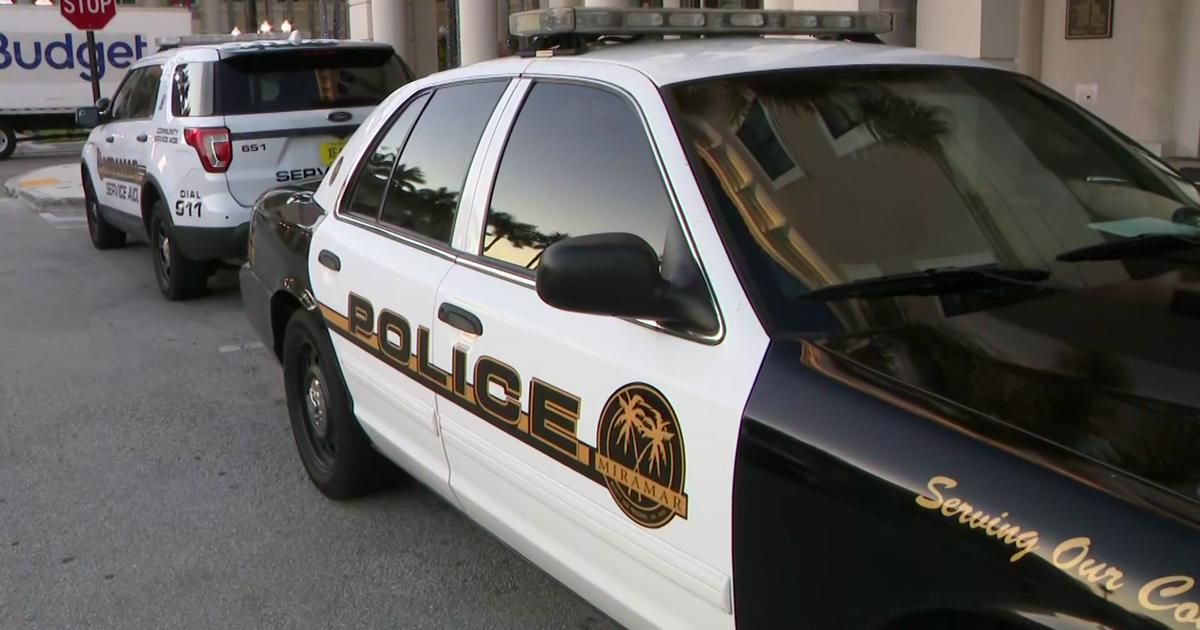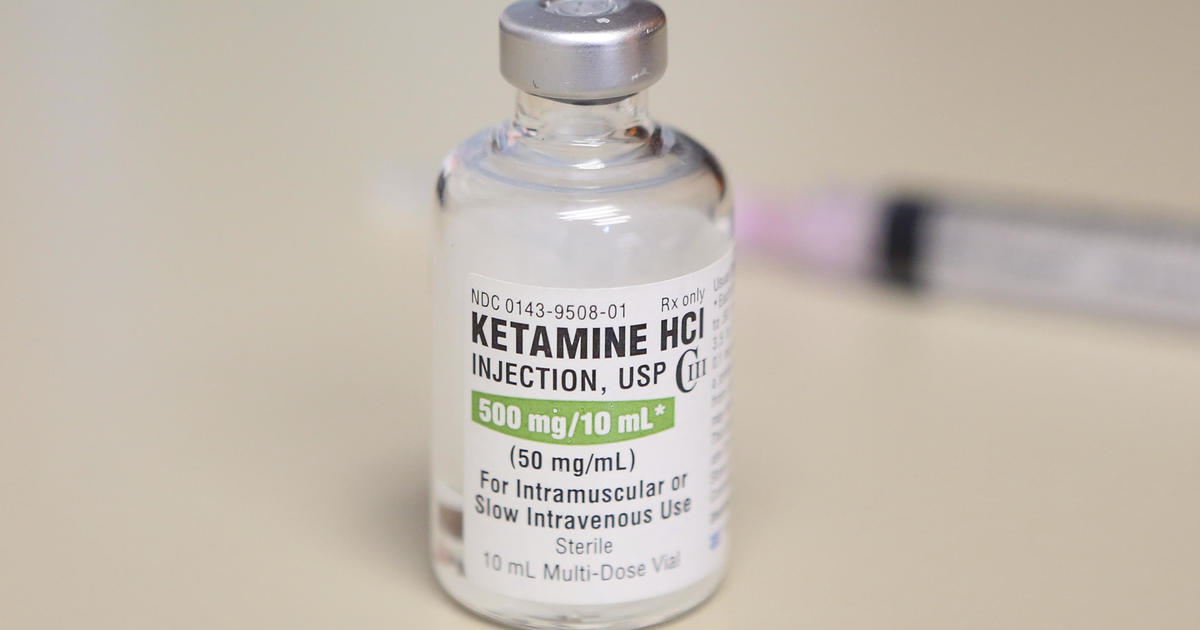Gen Z has the worst drivers; have highest incident rates, most DUIs, other driving incidents: study
MIAMI — Usually, young adults tend to be a little inexperienced when it comes to being behind the wheel — and it shows when it comes to Generation Z drivers, a new study suggests.
According to a recent study from the financial group LendingTree, Gen Zers (adults between the ages of 18 and 26) have the highest incident rates, accident rates, most DUIs and other driving issues when compared to other drivers across generations.
After analyzing "tens of millions" of insurance quotes between Jan. 1, 2023, through Nov. 30, 2023, from QuoteWizard by LendingTree, the firm broke down its findings to show how it impacts insurance rates and what Gen Z drivers can do to lower them.
Incident Rates
According to LendingTree, Gen Zers had the highest incident rate, measuring at 49.07 reported incidents per 1,000 drivers, which included accidents, DUIs, speeding tickets and other citations. That was nearly double that of the second-highest group: millennials (ages 27 to 42) (25.13). Meanwhile, incident rates among the remaining age groups were fairly even among Generation X (ages 43 to 58) (20.45), baby boomers (ages 59 to 77) (19.44) and silent generation drivers (78 to 95) (19.05).
Rob Bhatt, a LendingTree auto insurance expert and a licensed insurance agent, stated that he attributed Gen Z's higher incident rates to inexperience and risk-taking.
"Young drivers need time to gain familiarity in how to operate a vehicle and learn how to deal with the various hazards that can unexpectedly arise on a road or highway," he stated. "Younger people, in general, are also often more likely to engage in risky behavior than older individuals. Some researchers tie this to our prefrontal cortex, which isn't fully developed until a person reaches their mid-20s."
Bhatt believes that distracted driving may also be to blame.
"Speeding and impairment have long been the top contributors to traffic accidents, but distracted driving has joined them as another leading cause of accidents," he stated. "Avoiding the temptation to check our phones while driving is difficult for drivers of any generation, but it may be especially difficult for younger drivers, because they may not have the same level of impulse control as older drivers."
According to the Centers for Disease Control and Prevention (CDC), 39% of high school students who drove during a 30-day period in 2019 texted or emailed while driving at least once. Additionally, a higher percentage of drivers between the ages of 15 and 20 were distracted during a fatal crash than those 21 and over.
Accident Rates
In addition to the highest incident rate, Gen Zers also had the highest accident rate at 30.25 per 1,000 drivers, LendingTree stated. According to the firm's findings, that's about 18 more accidents per 1,000 drivers than the generation with the lowest rate: Gen X (11.96).
Because insurance rates are typically more expensive for younger drivers, an accident is particularly problematic for those with already high rates, LendingTree noted.
"The good news for Gen Z drivers is that their rates will become more affordable when they reach their 30s, provided they can maintain a good driving record and avoid having too many insurance claims," Bhatt stated.
However, you'll end up paying more for car insurance if you cause an accident, he added — usually for at least three years. Insurance companies refer to this as a surcharge. According to a ValuePenguin analysis, at-fault accidents raise your insurance rates by an average of 49% depending on your insurer and where you live.
LendingTree also noted that it's not just your insurance you should be worried about — a higher rate of accidents may also mean a higher risk of traffic fatalities.
According to early estimates from the National Highway Traffic Safety Administration (NHTSA), traffic fatalities increased by 6% among people between 15 and 24 in the first half of 2023, compared to the same period the prior year, making Gen Z the generation with the highest increase. Only one other age group — 65 and older — saw an increase in fatalities, rising 3%.
DUIs
Meanwhile, the silent generation saw the lowest DUI rates by a wide margin, LendingTree stated. According to the firm, silent generation drivers had just 0.26 DUIs per 1,000 drivers — about half the rate of the next lowest generation: baby boomers (0.53). And once again, the generation that ranked the highest was Gen Z at 2.17 DUIs per 1,000 drivers.
LendingTree stated that this also coincided with NHTSA findings, where 21-to-24-year-olds made up the highest percentage of drunk drivers in 2021, followed by 25-to-34-year-olds. Also, about a fourth of fatal crashes involved an underage drinking driver, the NHTSA added.
Citations
According to LendingTree, Gen Z also had the highest rate of driving citations among all generations — six times that of the silent generation. The firm noted that while Gen Zers ranked highest across all metrics analyzed, the biggest discrepancy they found was in citation rates.
LendingTree found that Gen Z drivers received about 23.62 citations (improper lane usage, driving without insurance, failing to yield, etc.) per 1,000 drivers. Meanwhile, the silent generation had only 4.02 citations per 1,000 drivers and millennials had just 10.24 per 1,000 drivers.
Insurance Rate Tips
Car insurance can be a pain for many drivers, especially younger drivers without clean records. Bhatt stated that it's particularly true in recent years as well.
"These past few years have seen a sort of perfect storm for insurance rates," he stated. "Accident rates spiked when people started driving again after the pandemic-related shutdowns ended. At the same time, inflation caused car repair costs to spike. This left insurance companies paying considerably more to repair cars than expected. These skyrocketing expenses caused insurance companies to raise their rates."
While insurance rates have been rising across generations, Bhatt said these increases are especially hard on Gen Zers because they tend to have smaller budgets than older drivers who may be further along in their careers.
With that being said, Bhatt stated that he believes there are signs that insurance rates may be stabilizing. While we wait to see that stabilization take place, he offered some advice for young drivers looking to reduce their rates:
- Avoid tickets and accidents: "This is easier said than done, but it's true," he stated. "Maintaining a clean driving record helps you avoid paying even more for car insurance. And be patient. Car insurance rates go down with age since drivers in their teens and early 20s have higher crash rates than those in their late 20s and 30s."
- Pay your bills on time: "In most states, insurance companies also factor your credit history into your insurance rates," Bhatt stated. "A history of unpaid bills, particularly unpaid car insurance bills, can make you pay more for car insurance."
- Shop around: Compare quotes from at least three companies when you shop for insurance or anytime you feel you're being overcharged.



